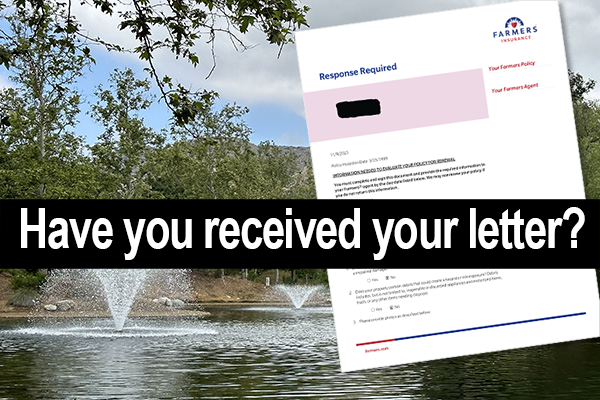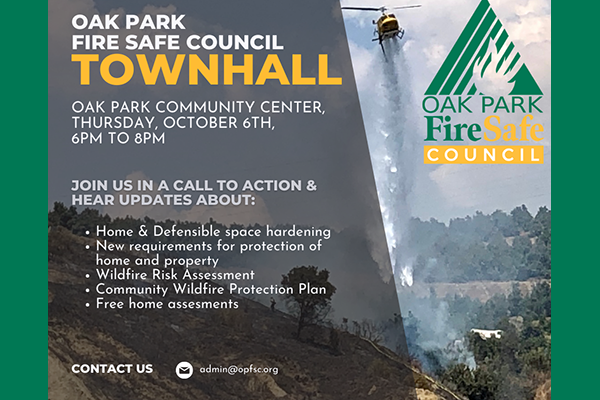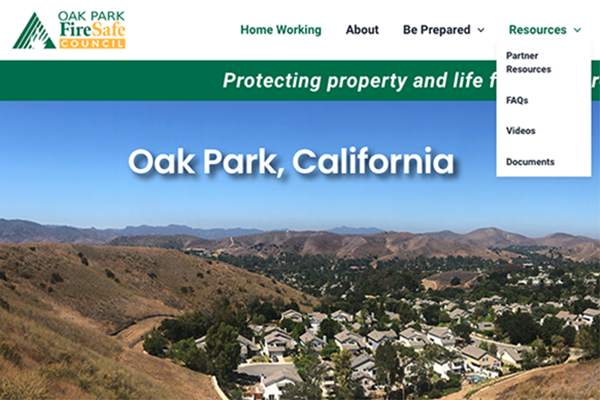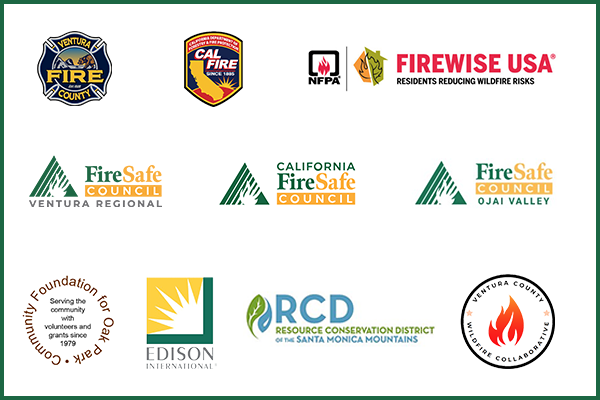The following article was contributed by Mike Thayer, CWMS, Property Risk Specialist for Allied Disaster Defense & Restoration, which gives us a unique perspective of how we got into the current home insurance crisis.
Changes are here and more are coming, and it will affect you!
Introduction
Many homeowners in California have been impacted by the current wildfire insurance crisis. From non-renewal notices to increasing rates and lack of coverage, almost everyone is feeling the pain. The San Francisco Chronicle recently reported that the average premium increase from the nation’s largest insurance company will be a mind-boggling 20% on average. While insurance carriers are shouldering most of the blame, the problem is much more complex and started further back than people think. California’s wildfire insurance crisis has been a slow-motion train-wreck that was only sped up by the 2017 wildfire season.
Unintended Consequences
One of the root causes of the current insurance landscape dates back to Prop 103, passed in 1988. While not specific to wildfire insurance, Proposition 103 established a robust regulatory framework to ensure insurance companies operate fairly and transparently. It also empowered the California Department of Insurance (CDI) to enforce stringent regulations on rates, underwriting practices, and claim-handling procedures.
One of Proposition 103’s crucial provisions is rate regulation, which requires insurers to justify their proposed premium rates before they are deemed acceptable. Another critical aspect of Proposition 103 is its incorporation of consumer advocate organizations into the rate-setting process. Traditionally, this resulted in rate increases that were no more than 7% and took anywhere nearly a year to be approved.
As much as California likes to be a leader in climate change initiatives, it seems counterintuitive that wildfire modeling is limited to only fire data for the previous 30 years under Proposition 103. This has limited insurance carriers’ ability to effectively evaluate risk for selection and pricing in a rapidly changing environment. Another big provision in Proposition 103 that affects profitability for insurance carriers is the prohibition of passing reinsurance costs on to the consumer.
What is reinsurance?
Many people are unaware of reinsurance and how it works. Reinsurance is a mechanism through which insurers transfer a portion of their risk to other insurers known as reinsurers. It helps protect primary insurance companies by absorbing a significant portion of the financial burden associated with large or catastrophic events.
Reinsurance companies excel in managing risk exposure on a global scale, allowing them to diversify their portfolios across various regions and perils. Consequently, they can assume a portion of the risk that primary insurance companies bear, including those posed by wildfires in California. When a massive wildfire event occurs, reinsurers step in to share the financial burden and provide stability to insurers. Due to an increase in wildfire, hurricane and convective storm losses, reinsurance rates across the country for property-catastrophe risks more than doubled from 2017 to 2023.
Vanishing profits
The increase of more severe wildfires starting in 2017 resulted in huge losses for insurance carriers. The wildfires in 2017 and 2018 alone wiped-out decades of underwriting profits. Rebuilding costs started to rise due to the sheer number of homes destroyed during this time period. This was followed by more years of wildfire losses and eventually COVID-19, one of the costliest events ever to hit the insurance market. Moreover, COVID impacted supply chains leading to unprecedented inflation in building material and construction costs. The limitations of Proposition 103 and soaring reinsurance costs quickly made it nearly impossible for insurance carriers to make a profit.
Say you had a business selling lumber. You bought 2×4’s from your wholesaler at $3.00 and resold for $3.50, making a marginal profit. All of a sudden, due to supply chain issues the price for a 2×4 from your wholesaler went to $4.00. You would like to increase your sale price to cover the increase, but the state says you only increase by 7%. Also, it may take a year to approve that price increase. How long would you stay in business? In a sense, this is what is happening to insurance carriers.
The results and what’s next
The inability to make a profit has forced many insurance carriers to exit the California market. The result is less places for homeowners to turn for coverage. The excess and surplus lines, or non-admitted market is a viable, but more expensive option than carriers that are regulated by the CDI. Lastly, there is the California FAIR Plan, which is limited coverage and the insurer of last resort.
Change is coming to the admitted market after the insurance commissioner, Richard Lara agreed to allow greater rate increases if carriers wrote more policies in wildfire-prone areas. While the exact details of the commissioner’s new plan haven’t been revealed, there have been substantial rate changes by several carriers. This was to be expected, as the carriers are trying to play catch up to stop the bleeding of cash flow they’ve experienced.
While these increases will be shocking in some instances, it must be realized that California has one of the lowest average rates in the nation. How long California will remain in the bottom five states of average insurance rates is yet to be determined. At the end of the day, higher rates and required wildfire mitigation efforts by the homeowner will be the reality to keep coverage in the Golden State.
Mike Thayer is an expert in his field and a contributing editor to this website. Be on the lookout for more home insurance-related articles in the future as the CDI issues new regulations that affect us all.




